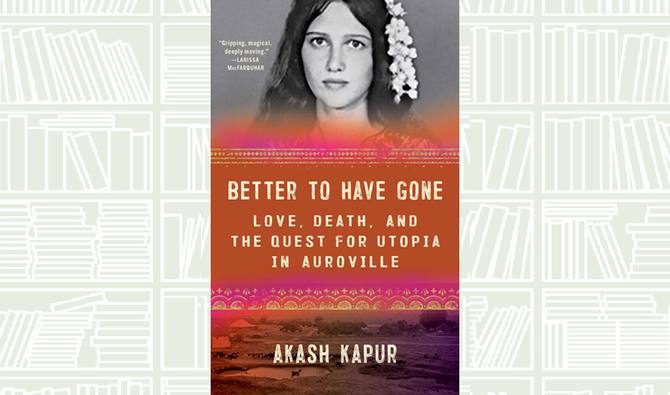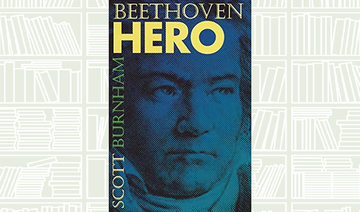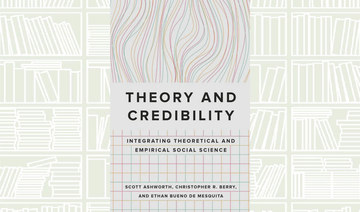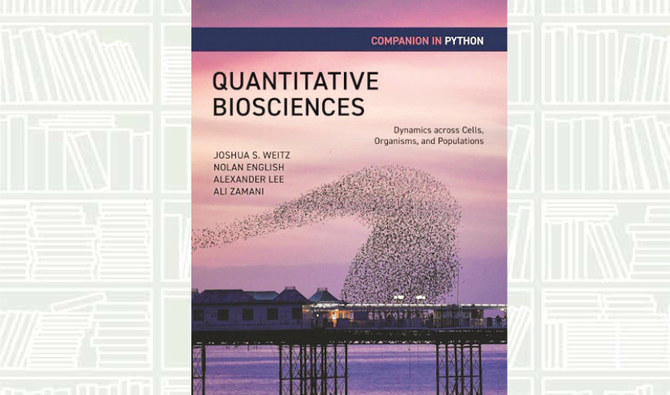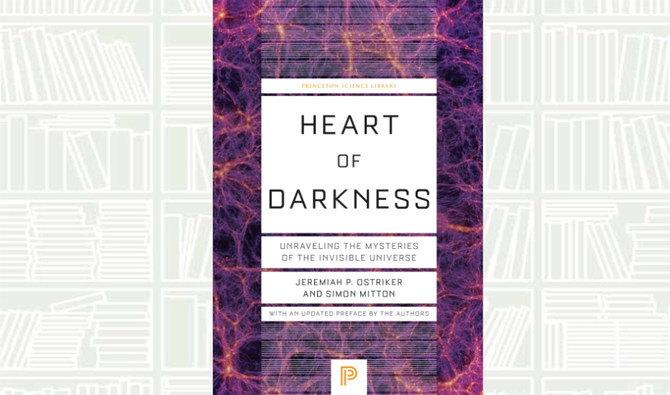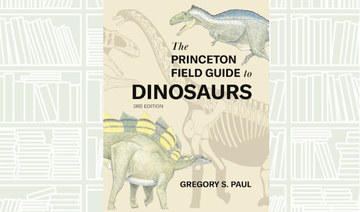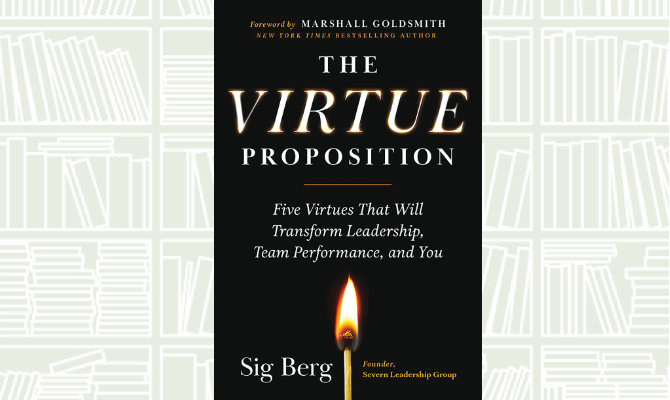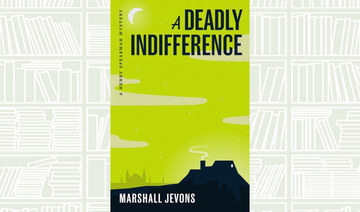Better to Have Gone is a nonfiction book about the human cost of our age-old quest for a more perfect world.
Author Akash Kapur was very articulate, and it was clear that he spent a great deal of time researching this book.
He also has a number of photographs in this book about a village in India called Auroville as well which were a real delight.
“This is a haunting, heartbreaking story, deeply researched and lucidly told, with an almost painful emotional honesty — the use of present tense weaving a kind of trance,” Amy Waldman said in a review for The New York Times.
Better to Have Gone “ends with an unexpected lightness, even transcendence, as Kapur helps us see what Auroville has given him, gives him still, despite the pain,” Waldman said.
“In his descriptions of its landscape, made so lush by those early pioneers, as well as of the sphere at its heart, he conveys the internal concord and harmony, the peace, that he finds there.”
Waldman is the author of two novels: A Door in the Earth and The Submission.



